With more relaxed restrictions in the restaurants, this is the season to drink rosé like we have all spent time in Paris. Any red grape can be used to make a rosé, and its sweet pink colour makes it more instaworthy. If the colour of a wine is so crucial to its appeal, then selecting the right rosé between the various shades of pink will make you feel like a pro.
If you're picking between the lightest blushing pink to a darker salmon/ruby shade, one of the best rules of thumb is that lighter rosés are dryer (less sweet) and darker rosés are full-bodied and sweeter.
Light Pink
With less sugar, you'll experience subtle minerality and stronger aromas of peach, blossom, and cherries. If you're looking for sweet pink wine, white zinfandel is a good start. Usually misunderstood as a rosé, white zinfandel is made solely from Zinfandel grapes and always steers on the sweeter side.
Dark Pink
Although the sugar content of rosé wines is often higher in the darker shades, some rosés from Italy and Spain tend to be lighter in colour and dry at the same time. Nevertheless, darker rosé wine will have a stronger flavour and be more full-bodied.
Red grape skins are much like tea bags; the longer you allow them to steep, the more flavor and colour they release. Some wineries let their rose steep for 30 minutes, while others allow it to do its thing for several hours.

It is also a good idea to check the alcohol percentage on the back of the bottle. A higher percentage of alcohol indicates there is more residual sugar from fermentation, which makes the rosé sweeter.
Whatever shade of pink you prefer, we wish you stress-free days and happy occasions with endless glittering pink pours.
← Older Post Newer Post →

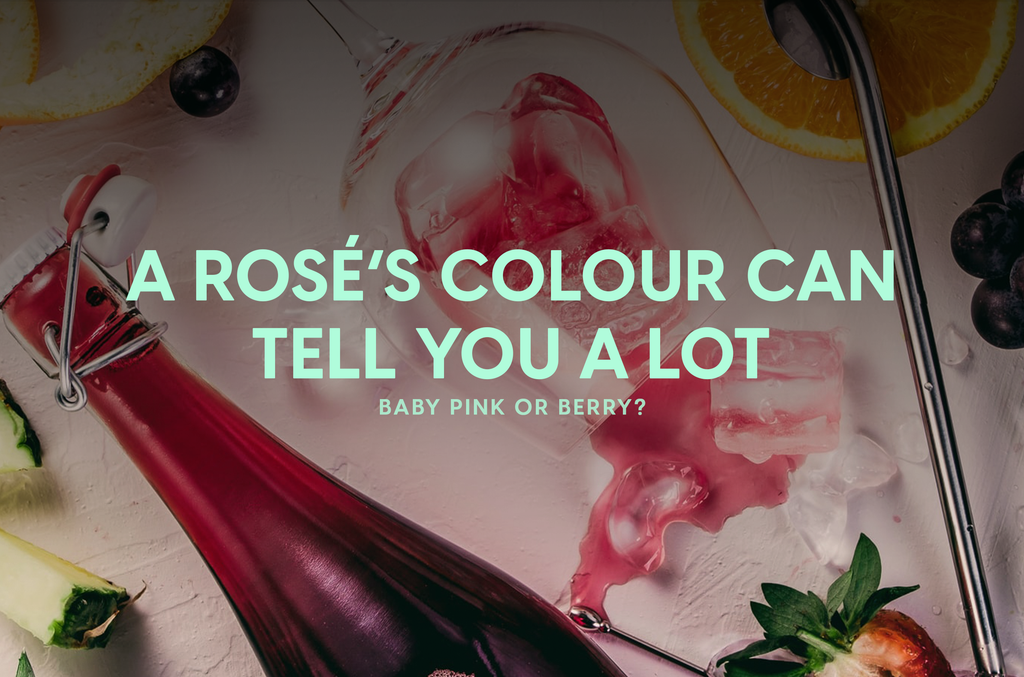
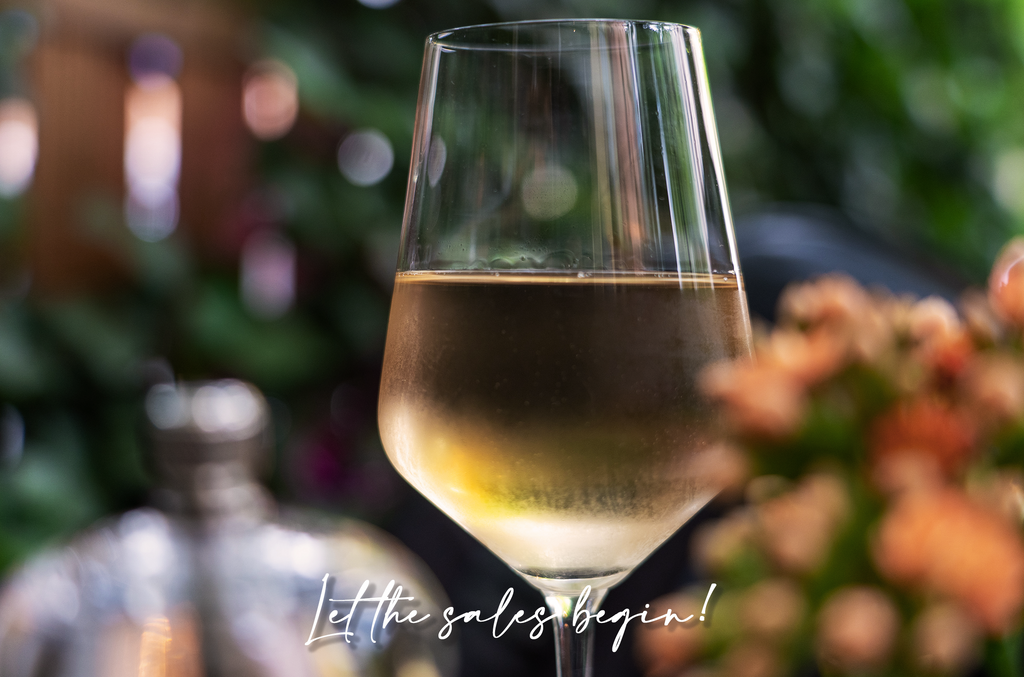
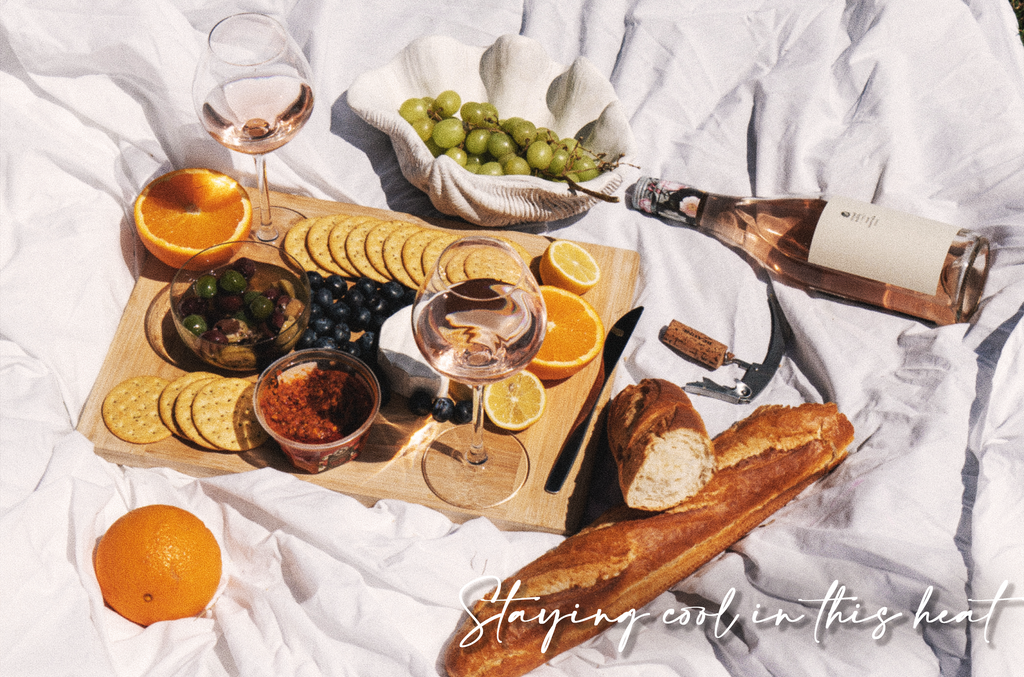
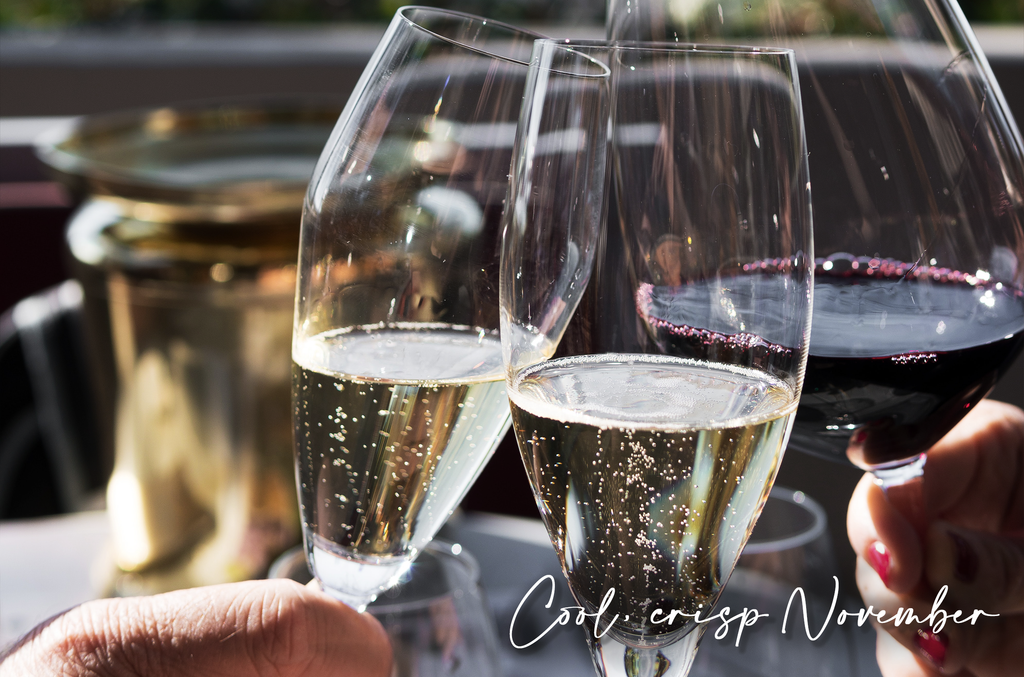
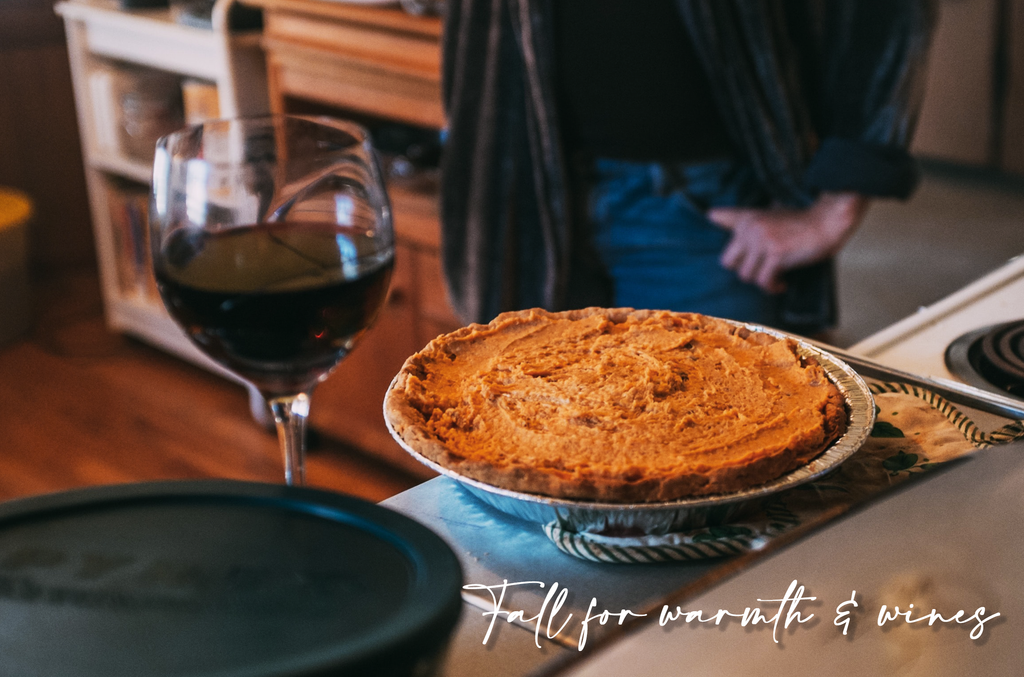

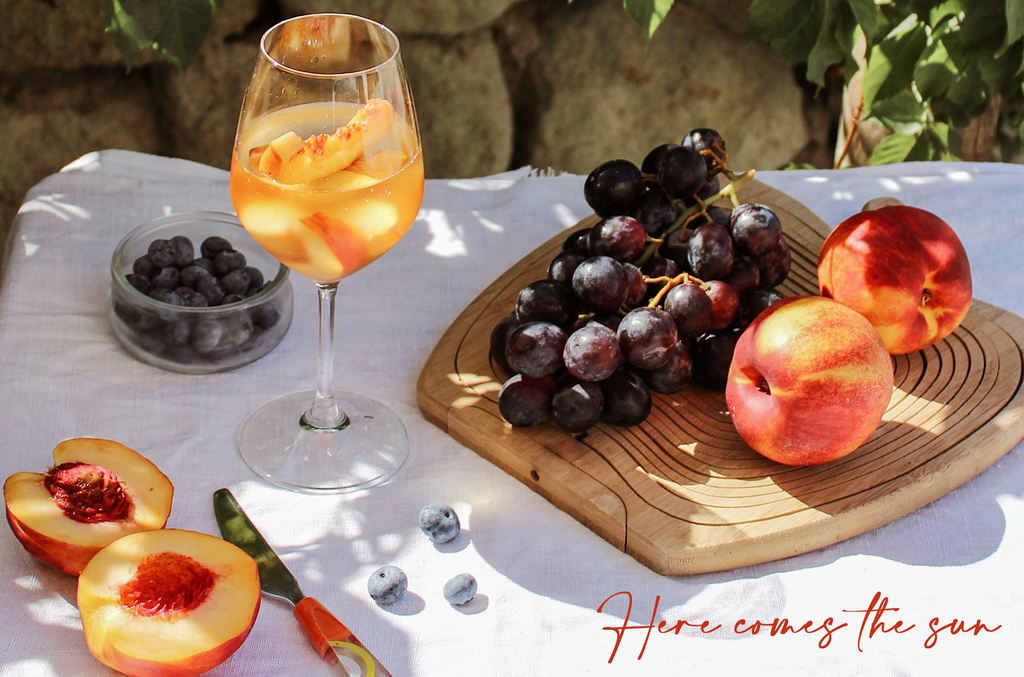
0 comments